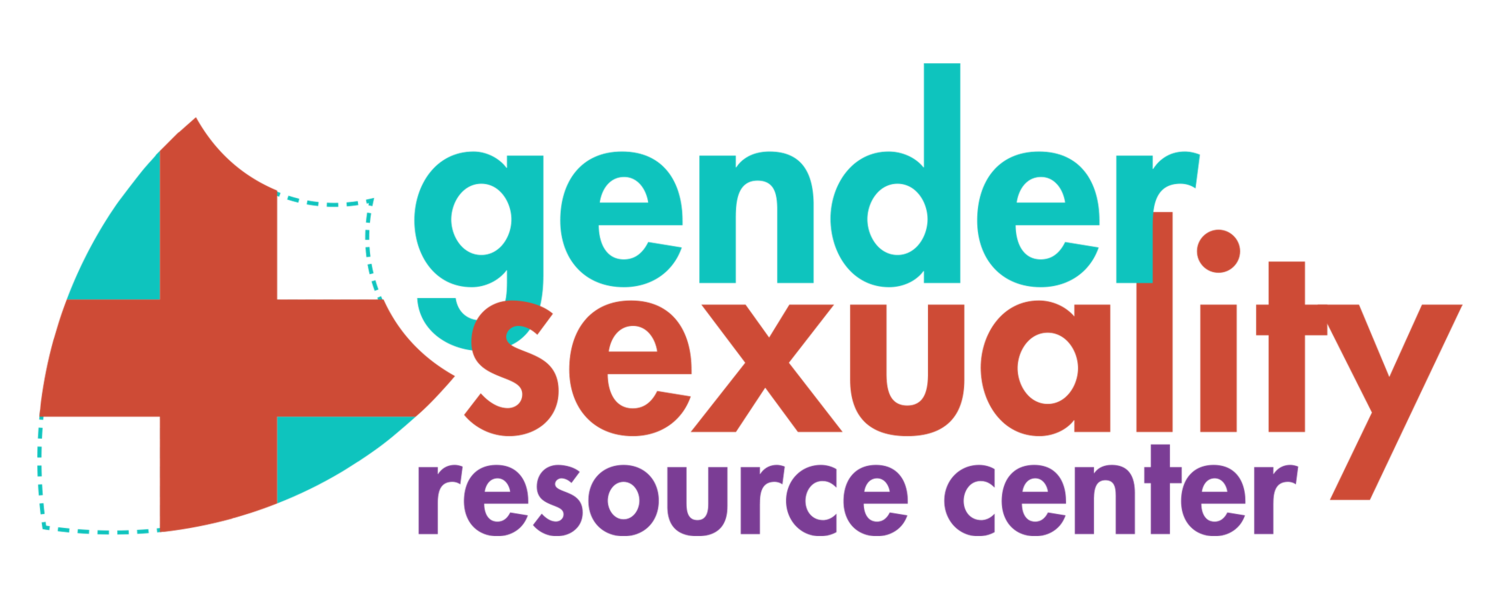Split Attraction Model
Understanding the vast expanses of what human attraction can look like is complex. According to a split attraction model – one can begin to understand how intricate it can be. Developers of this framework propose that attraction, or the way we drawn to others, can be divided into subgroups to best understand the ways we feel about others.
A quick primer from an ECounseling post states that:
According to the split attraction model, how someone experiences attraction can be split into categories. For some people romantic and sexual attraction are distinctly different experiences. The split attraction model recognizes that sexual and romantic orientations are not the same for some people. This paradigm recognizes that people can experience sexual and romantic attraction differently.[1]
Split Attraction
The model was created by the asexual community as a way to help define their orientation more specifically. For some, it is an essential part of their identity. The model can help explain individuals who are asexual yet still experience romantic attraction. The purpose of the split attraction model was to help individuals understand themselves better and to have a framework to communicate this to others. Some find the model to be empowering, since it provides descriptive vocabulary that more accurately represents who they are.
Individuals in the asexual community can find their asexuality to be an important part of who they are. The model allows them to separate these orientations and emphasizes that the sexual and romantic attractions can be equally important experiences. The model also can help members of a potentially marginalized group feel a stronger sense of community. To some, belonging to a like-minded group of people is important. Also, some find the model to be validating, as it normalizes asexual and aromantic experiences in a culture that emphasizes sex and romance.
There are multiple ways individuals can experience their attraction orientation. The prefix of the sexual orientation is utilized for defining the romantic identification as well. People can experience romantic and sexual attraction to the opposite gender, both genders, the same gender, or no gender. If they are asexual and feel romantic attraction to the same gender, they would identify as asexual homoromantic. Or, they could identify as asexual and gay/lesbian. In this model, both their romantic and sexual attraction are expressed.
For more on this model and how it can be even more expansive, please check out this helpful video from psych2go on YouTube!
https://www.youtube.com/watch?v=6mjWPAhPGnk
